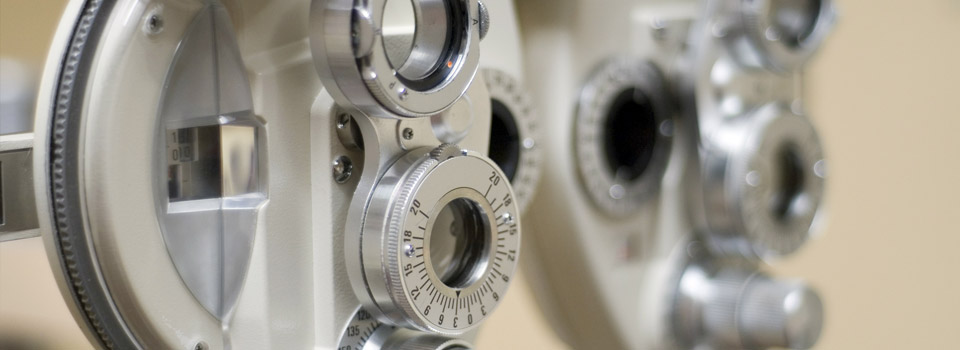Eye twitching affects the muscles in the eyelid and causes twitching or involuntary blinking. The most common type of mild twitching of the eyelid usually feels more noticeable than it actually is — observers are not likely to notice a twitching eyelid in another person. This type of eyelid twitching is called myokemia, and it is an involuntary, rhythmic, fascicular contraction of the orbicularis oculi muscle, most often presenting on the lower eyelid of one eye. It is more common in females and more common in cold weather. It is harmless and will go away on its own. Myokemia commonly occurs in short episodes, and may reoccur repeatedly in the same spot on the eyelid over a period of days or weeks. The episodes will eventually resolve, but there are some steps you can take to help the process along:
- Get more sleep
- Reduce your caffeine and/or alcohol intake
- Try stress reduction methods such as exercise, breathing exercises, or meditation
- Use artificial tear eye drops to alleviate dry eyes and reduce eye irritation
There is anecdotal evidence for use of quinine (found in tonic water), but the evidence is not strong. One or two glasses of tonic water won’t hurt if you want to try it!
There is a more severe and rarer form of eye twitching called Benign Essential Blepharospasm. This form involves sustained, involuntary contractions that result in partial or complete closure of the eyelids (forceful blinking). Patients with blepharospasm may have significant functional impairment and require long-term treatment of the condition. Commonly, treatment involves having Botulinum toxin injected under the skin around the eyes. The toxin relaxes and weakens the muscles just underneath the skin, and each set of injections prevents spasms for about three months. Side effects of these injections may include minor bruising at the injection sites, temporary eyelid drooping, or temporary double vision.
Myokemia is common, and no cause for concern. Sometimes it can be a great reminder to pay attention to your eyes and book your comprehensive eye examination if it’s been more than two years since your last exam with your Doctor of Optometry!


